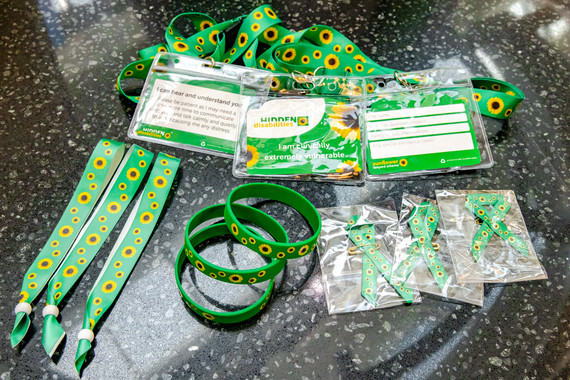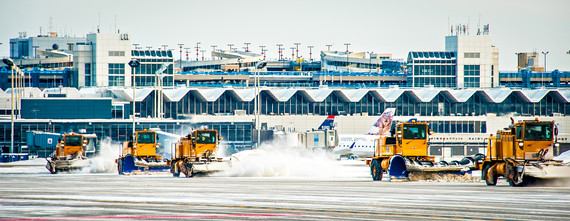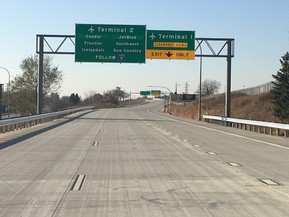 |
|
A COVID-19 testing site opened last week at Minneapolis-St. Paul International Airport (MSP), available to all members of the public.
The site, which utilizes saliva tests and delivers results in 24 to 48 hours, expands the testing options for Minnesotans. The site has proven popular and is serving about 1,500 people daily.
Reservations are encouraged for efficiency. Walk-ins are allowed, but have been experiencing waits of about 45 minutes.
Find full information about how to get a test at the airport on this webpage.
|
 Minneapolis-St. Paul International Airport (MSP) is expanding its programs to assist travelers and visitors with disabilities, adding a global lanyard initiative.
MSP is among the first U.S airports to join the Hidden Disabilities Sunflower program, which allows a person to self-identify as someone with a hidden disability who may require additional assistance. Find full details here on what the program offers at MSP.
“There are many travelers who have disabilities that aren’t immediately visible but still create challenges in their daily lives,” said Phil Burke, Assistant Director, Customer Experience for the Metropolitan Airports Commission (MAC), which operates MSP. “Without revealing the nature of the disability, the sunflower lanyard is a simple way to signal to airport staff that someone may need more help, more time or more patience.”
Hidden disabilities can include low vision or hearing loss, autism, anxiety disorders, epilepsy, learning disabilities, post-traumatic stress disorder (PTSD), and many other impairments or chronic illnesses.
 Early-season record-breaking snowfalls put the Metropolitan Airports Commission’s (MAC) Field Maintenance crews to the test in recent weeks.
Minneapolis-St. Paul International Airport (MSP) saw snowfalls of 7.9 inches on Oct. 20 -- a record for that date -- and 5.5 inches on Nov. 10. Season-to-date, the airport has already recorded 17.6 inches total, nearly double the average for this time of year.
Despite winter’s early arrival, field maintenance crews at MSP and at the MAC’s six reliever airports rose to the challenge.
“Everyone came together and did a bang-up job,” said Mark Rudolph, the MAC’s manager of Field Maintenance/Planning. “We kept runways open and worked through several hours of snowfall on the 20th.”
The situation was similar at the six general aviation (Reliever) airports. “Our crews did great work to minimize disruptions to critical flight operations,” said Joe Harris, the MAC’s director of Reliever Airports. “The flexibility and capabilities of our crews showed in challenging conditions.”
Passenger and airline traffic volume is lower at MSP this year due to the pandemic. But to ensure safety and the efficiency of aircraft operations, the crews continue to focus on keeping two runways open at MSP during snowstorms.
The MSP crews are also taking precautions related to COVID-19. That includes regular testing, wearing face masks, social distancing and working in six segregated teams to help limit any potential spread of the virus.
Plow and other equipment drivers also clean the interior of their rigs at the beginning and end of each shift, enhancing safety for the various crew members who use each vehicle.
Recently, the MAC received a Distinguished Budget Presentation Award from the Government Finance Officers Association (GFOA) for its work on its 2020 budget document.
The annual award is given to governmental units for budget documents that meet GFOA program criteria. That requires the budget to function as a policy document, as an operations guide, a financial plan, and a communications vehicle. The MAC has received that recognition from GFOA annually since 1985.
“The award speaks to the high-quality, collaborative work that the MAC’s finance team produces on a consistent basis,” said Tim Simon, the MAC’s Vice President of Finance and Revenue Development. “We’re honored to be recognized for a 36th consecutive time.”

Highway 5 reopened recently in both directions near MSP's Terminal 1, following several months of construction.
|
|